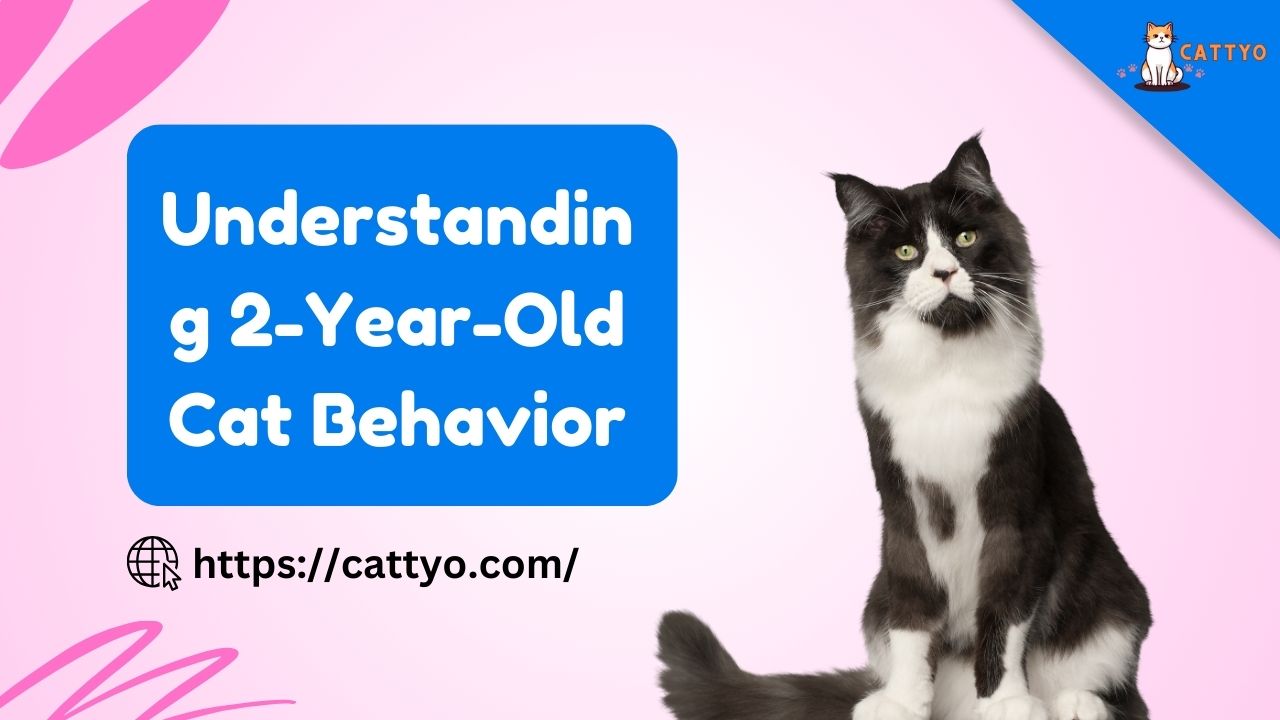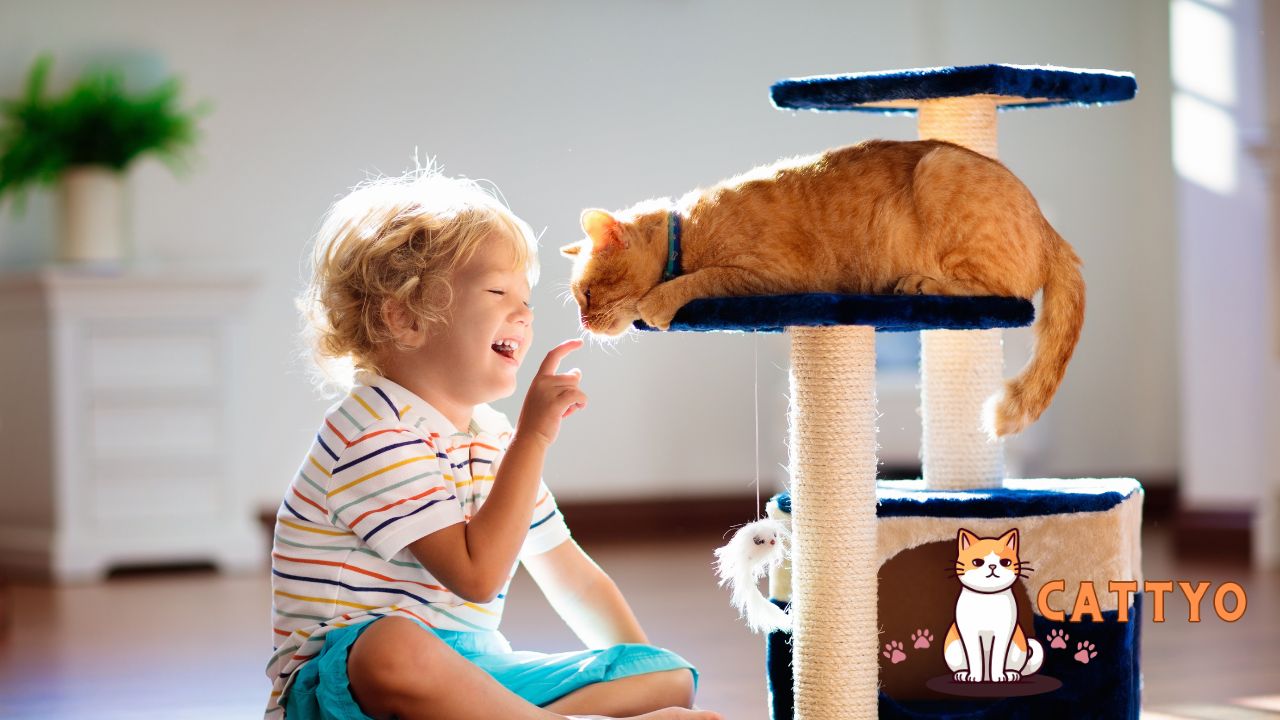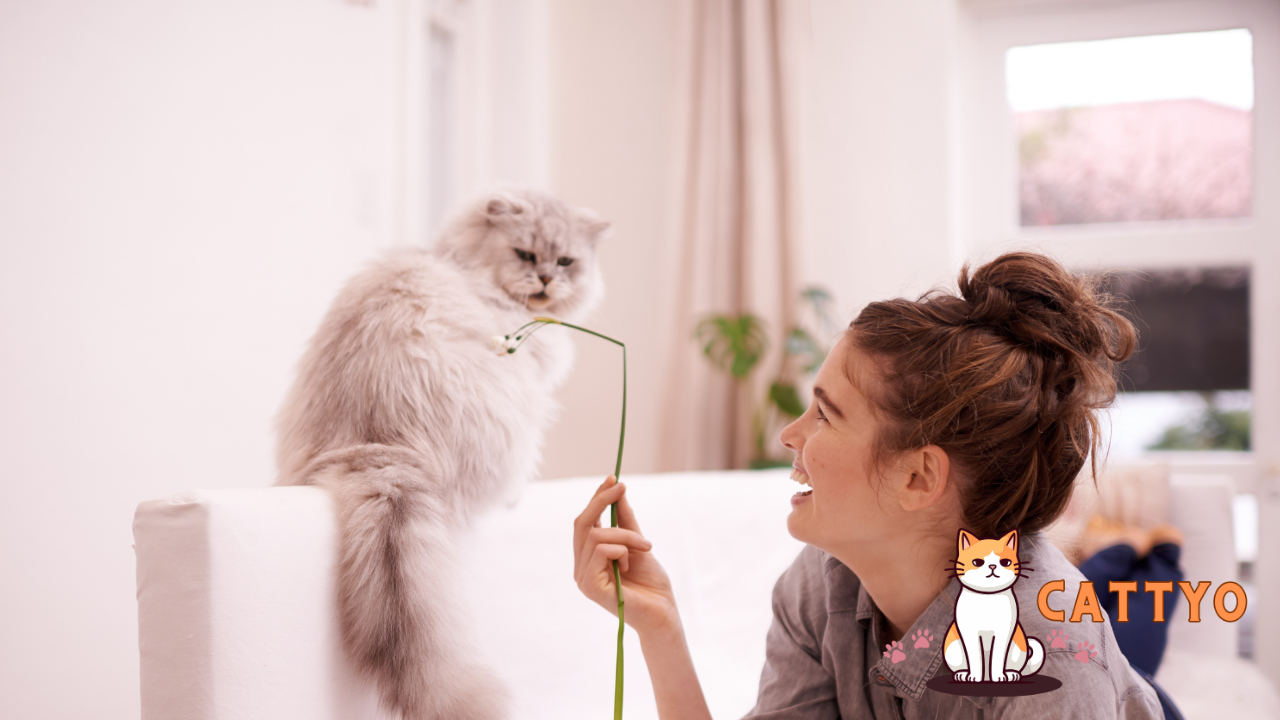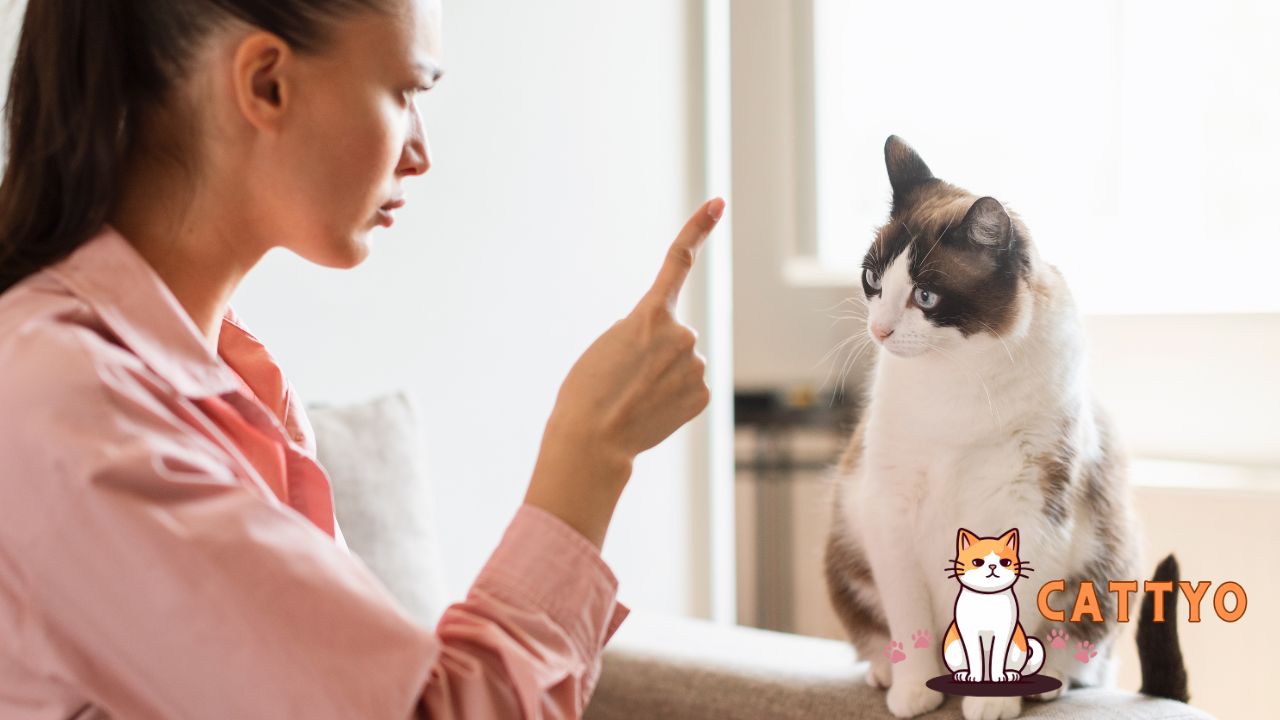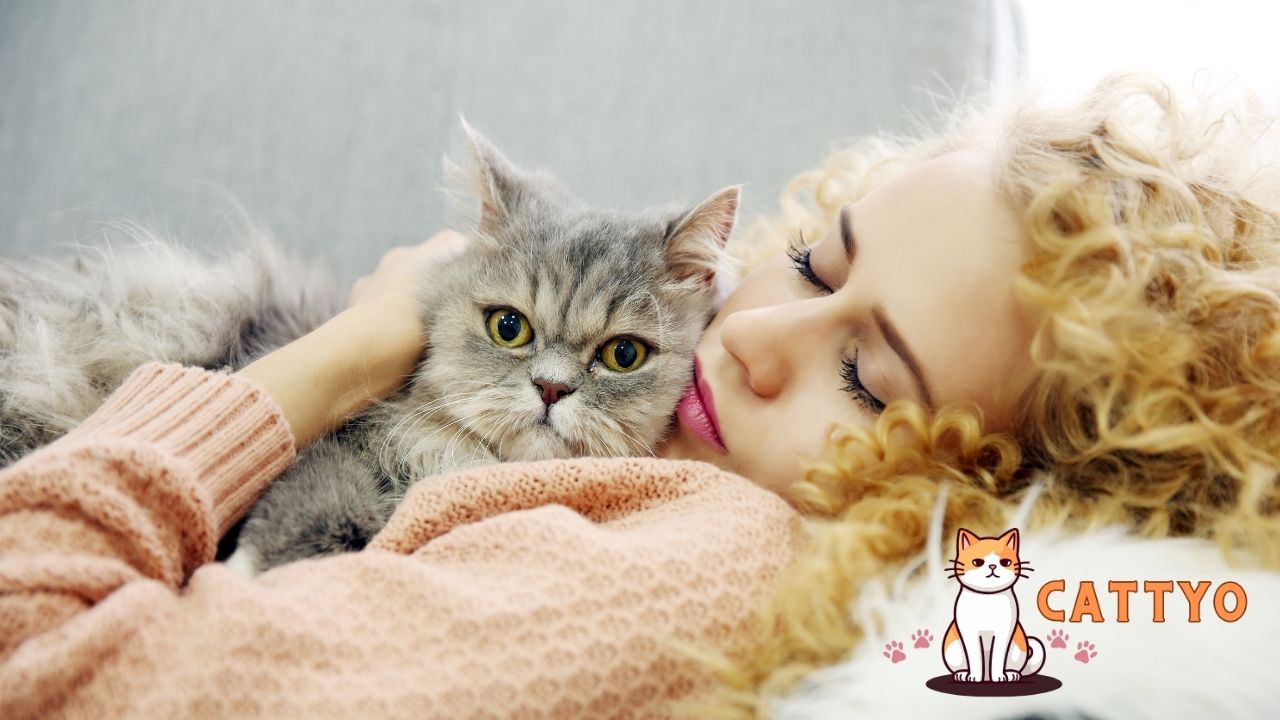Is your 2-year-old cat suddenly acting like a teenager in a fur coat? If you’re noticing new quirks, moods, or behaviors, you’re not alone. As cats reach this age, their personalities can shift, and understanding these changes is key to nurturing a happy and healthy feline companion. Whether it’s zoomies at midnight, sudden affection, or a bit of aloofness, there’s always a reason behind it. Let’s dive into the fascinating world of 2-year-old cat behavior and what it really means for your furry friend!
When you bring a cat into your life, you sign up for more than just a furry companion. You’re also agreeing to witness the often mysterious, sometimes comical, and always interesting evolution of their behavior.
And at around two years old, your cat is hitting that sweet spot between kitten chaos and full-grown maturity.
So, what’s life like with a two-year-old cat? Are they still that rambunctious little furball, or have they transformed into a mellow, wise old soul? Well, it’s a little of both—and that’s what makes them so fascinating.
The Adolescent Phase: A Bit of Everything
First things first—two-year-old cats are often still in their “adolescent” phase. Remember how humans go through awkward teenage years, trying to figure themselves out?
Well, cats do something similar. It’s not as dramatic, but it’s definitely a time of discovery for your feline friend. Expect them to still have bursts of energy and moments of wild unpredictability.
So, What’s Different Now?
While the crazy kitten energy might have dialed down a bit, your cat is still in that “I’ll chase everything that moves” phase.
They’re refining their hunting instincts, and you might catch them stalking shadows or pouncing on imaginary prey. It’s not unusual to find them running full speed down the hallway at 3 a.m. as if they’ve suddenly discovered a new speed limit.
Why? Because it’s fun. And what’s a cat without a little bit of fun, right?
But the key difference here is that a two-year-old cat is becoming more… well, catlike. They’re learning their limits, testing boundaries, and asserting more independence. They’re no longer the helpless, dependent kitten they once were—now, they’re more self-assured, but still a little unpredictable.
Signs of Maturity: The In-Between Years
So, are they all mischief and madness at two? Not necessarily. There’s this interesting balance between adolescence and adulthood. Your two-year-old might settle down in some areas.
For instance, they may be a bit less likely to engage in crazy, endless zoomies, but they’ll still get their energy bursts. It’s like they’ve learned how to pace themselves… a little.
More attention-seeking behavior: Here’s where the fun really begins. At two, cats can start becoming a little more affectionate than they were as kittens. Sure, they may not be glued to you 24/7 (like a kitten), but they’ll definitely start to demand their moments of attention. It’s a balance of “Hey, pet me!” followed by “Don’t you dare touch me right now.” Classic cat.
New, quirky habits: Have you noticed your cat suddenly doing a weird thing, like rolling around on their back while staring intently at the wall? They might also start “claiming” objects as their own, like your favorite chair, a random blanket, or that fancy vase you thought was out of their reach. They’re establishing territory, but in the most passive-aggressive way possible. “I don’t care if it’s not yours, this is my spot now, human.”
Playfulness Is Still a Thing
Even as they mature, two-year-old cats are still playful in their own right. You’ll see this in their occasional mad dashes for their favorite toy or their odd obsession with whatever is in your hand. Ever tried to eat a sandwich with a cat around? It’s like they believe they deserve a bite of everything you’re having.
For example, one evening I’m sitting down with my plate of nachos, ready to indulge, and out of nowhere—poof—my cat has launched herself halfway across the room, paws outstretched, eyes locked on my chips. I swear, it’s like she was born with an instinct to ruin all my snack time. But in her mind, it’s play—and that means she’s up for anything that moves.
The Serious Side: Health and Behavior
While the playful side is what most people associate with a two-year-old cat, don’t forget that this is also an important time to be mindful of their health and behavior patterns.
By now, your cat’s health needs might change, and some behaviors could be signals that something isn’t quite right. Here’s where things get serious.
If your cat suddenly starts showing signs of aggression or becomes overly clingy or withdrawn, it might be worth consulting a vet. Changes in behavior—like a decrease in grooming, sudden weight gain or loss, or noticeable lethargy—can be subtle indicators of health issues. At two years old, cats are still young enough to bounce back quickly if caught early, so it’s best to keep a sharp eye out.
The Table Of Typical Behavior of a 2-Year-Old Cat
A 2-year-old cat is in the prime of its adulthood, exhibiting a mix of youthful energy and emerging maturity. Typically, these cats are more independent and confident, yet still playful and curious. Behavior might include bursts of activity, like zoomies, and more frequent exploration of their environment.
They are usually more social and affectionate than when they were kittens, but may also develop stronger boundaries and a preference for personal space. Cats at this age are less destructive compared to their kitten years, though they may still engage in occasional scratching or hunting instincts.
Overall, understanding the behaviors of a 2-year-old cat involves recognizing both their playful side and their growing need for autonomy and stability.
| Behavior | Description |
|---|---|
| Energy Levels | Still high, but more balanced. Occasional bursts of zoomies. |
| Affection Levels | More attention-seeking, but independent. Not constantly cuddly, but still loves a good petting session. |
| Playfulness | Enjoys play, but may prefer more structured games. Gets bored less easily. |
| Territorial Behavior | Might start “claiming” objects and spots. More independent, may show dominance over certain spaces. |
| Social Behavior | Can be more selective in social interactions. May still be wary of strangers. |
| Health Considerations | Keep an eye on health; be proactive about changes in behavior that could signal underlying issues. |
FAQs About 2-Year-Old Cats
How can I tell if my 2-year-old cat is maturing or still acting like a kitten?
Look at their overall energy levels. While they still get bursts of energy, they may start settling into a more predictable routine. They may also become less destructive, shifting from chaotic kitten-like behavior to more thoughtful play.
Are two-year-old cats still in the “teenage” phase?
Yes! Think of it like a human teenager—they’re figuring themselves out. While they’re not as wild as a kitten, they’re still testing boundaries and learning how to live with you. Expect some unexpected behavior from time to time.
Should I be worried if my two-year-old cat suddenly becomes more affectionate?
Not necessarily! Many two-year-old cats go through a phase where they start seeking more attention and affection. It’s a good thing—they’re forming a deeper bond with you. However, if this change is drastic, keep an eye on their behavior for any other signs of stress or health issues.
Conclusion: A Two-Year-Old Cat Is A Delight
Having a two-year-old cat means you’ve hit that sweet spot where they’ve left their kittenhood behind but still have plenty of playful antics to keep you on your toes.
They’ll be more independent, but also more affectionate. Expect a little more wisdom, a little more curiosity, and—let’s be honest—a lot more entertaining moments.
In the end, life with a two-year-old cat is never boring.
Whether they’re pouncing on your feet, curling up next to you for a nap, or just staring at you with those unblinking eyes, they’re doing their best to keep life interesting. And isn’t that what we love most about them?

